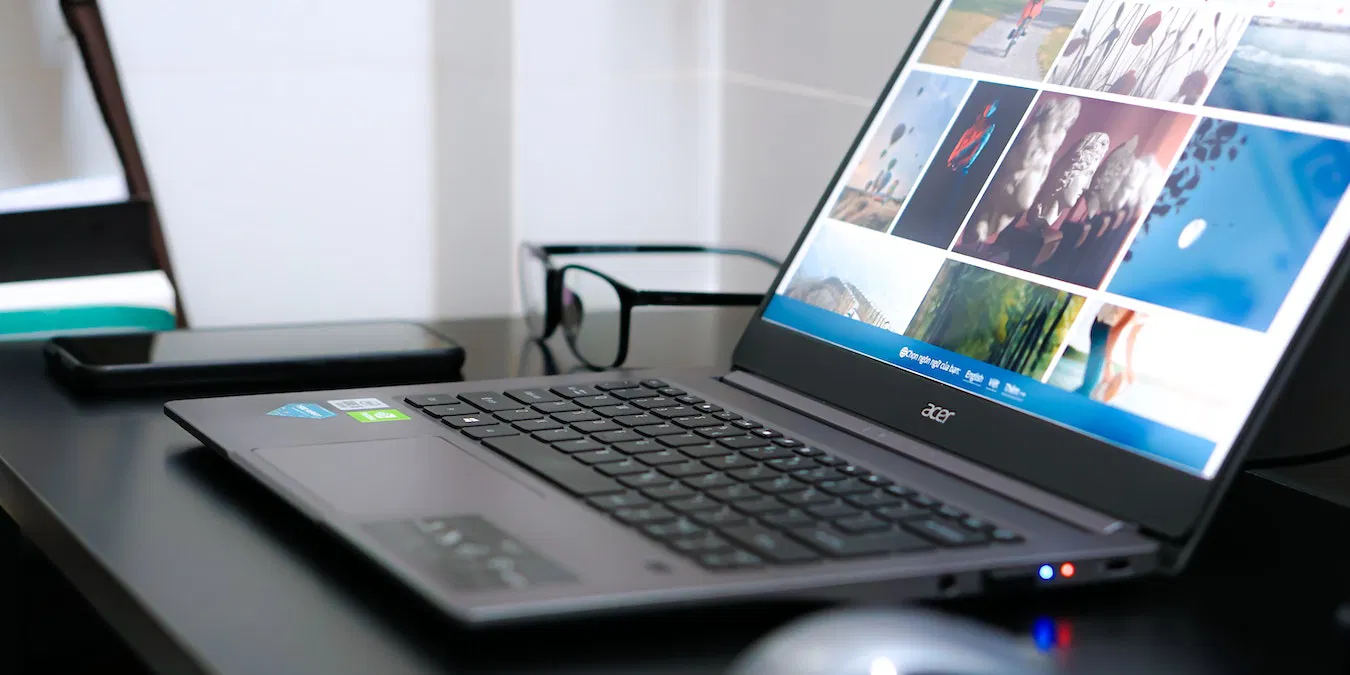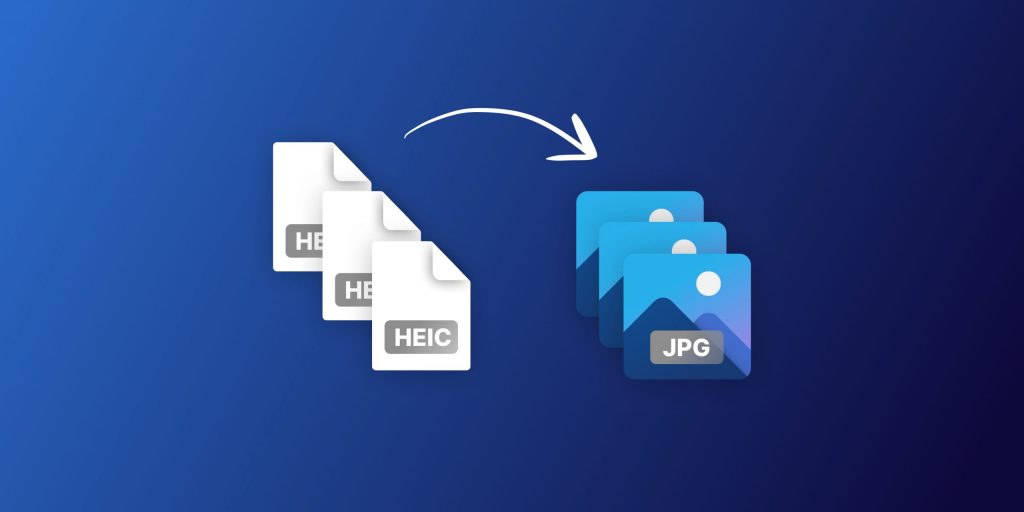HEIC to JPG For Easy File Compatibility

Understanding the Need for File Compatibility
In the fast-paced world of digital media, the ability to share, view, and edit images seamlessly across devices and platforms is essential. HEIC, or High Efficiency Image Coding, has become increasingly popular due to its excellent compression and image quality, particularly on Apple devices. However, not all platforms and software can handle HEIC files. This is where the HEIC TO JPG conversion process becomes crucial. JPG, being the most universally recognized image format, ensures your photos can be opened and edited anywhere without technical roadblocks.
The ability to switch formats easily means you can send files to clients, upload them to websites, or store them in archives without worrying about compatibility. This makes HEIC to JPG a go-to solution for individuals and businesses alike.
Why JPG Remains the Universal Standard
While HEIC may be efficient, JPG’s dominance in compatibility is unmatched. Nearly every device, web platform, and editing tool supports JPG files, making them ideal for sharing without special conversion steps on the recipient’s end. When you convert HEIC to JPG, you gain the freedom to distribute your images knowing they will display correctly for everyone, regardless of the software or device being used.
This universal standard is one of the main reasons people turn to reliable converters. Even as HEIC gains traction, JPG’s place in global file sharing remains secure, ensuring HEIC to JPG will continue to be a relevant and important process.
How HEIC to JPG Conversion Works
The conversion from HEIC to JPG can be done in various ways, including online tools, desktop applications, and even mobile apps. The process typically involves uploading your HEIC file, letting the tool convert it, and downloading the resulting JPG. Many modern tools make this process seamless, often with drag-and-drop functionality for speed and convenience.
Behind the scenes, the converter decodes the HEIC file and re-encodes it as a JPG, balancing compression with quality preservation. The result is a widely compatible image that retains much of the original visual clarity.
Benefits of HEIC to JPG Conversion for Professionals
For photographers, designers, and marketers, file compatibility is more than a convenience—it’s a necessity. Converting HEIC to JPG allows creative professionals to deliver work that is ready to use without requiring clients to install special software. This is particularly important in industries where quick turnaround and cross-platform collaboration are vital.
Whether it’s preparing product photos for an e-commerce site or sending marketing materials to a printing service, having files in JPG format eliminates delays and compatibility issues.
Enhancing Workflow Efficiency
When you have hundreds or even thousands of HEIC files, manually checking compatibility for each one can be time-consuming. Converting them all to JPG streamlines the workflow, allowing you to focus on editing, sharing, and publishing instead of troubleshooting file formats. Many bulk converters now support HEIC to JPG processing, making it easy to handle large volumes of images in one session.
This kind of efficiency is especially beneficial for event photographers, media outlets, and marketing agencies where speed is critical.

Mobile-Friendly Conversion Solutions
Since HEIC is the default format for many smartphones, particularly iPhones, mobile-friendly conversion is essential. With mobile-optimized web tools, you can convert HEIC TO JPG directly from your phone without transferring files to a computer first. This is ideal for users who post on social media, send images to clients, or store them in cloud services while on the go.
Mobile conversion tools often feature intuitive interfaces that make the process quick and effortless, ensuring you can maintain compatibility from anywhere.
Maintaining Quality While Ensuring Compatibility
One concern when converting HEIC to JPG is whether the image will lose quality. While JPG uses lossy compression, the difference is negligible for most uses, especially when using high-quality converters. Advanced conversion tools can preserve detail, color accuracy, and clarity, ensuring the resulting JPG is visually close to the original HEIC file.
For most sharing and display purposes, the slight reduction in quality is outweighed by the massive gain in compatibility.
Privacy and Security Considerations
When uploading images for conversion, it’s important to choose services that respect your privacy. Many reputable HEIC to JPG tools offer secure connections and automatic file deletion after conversion. This ensures that your personal or professional images are not stored on servers longer than necessary.
Privacy-conscious users should look for clear policies on data handling and file storage, especially when dealing with sensitive content.
Why HEIC to JPG Will Continue to Be Relevant
Although HEIC adoption is growing, it will take years before it achieves universal compatibility. In the meantime, HEIC to JPG remains the most practical solution for ensuring that images can be opened, edited, and shared anywhere. The versatility of JPG ensures it will remain a staple in digital workflows for the foreseeable future.
This means that as long as users work across different devices and platforms, the demand for reliable, fast, and high-quality conversion tools will persist.
Conclusion: Making File Sharing Seamless
The ability to convert HEIC to JPG is not just a technical task—it’s a way to ensure smooth communication and collaboration in a digital world. By enabling easy file compatibility, conversion tools bridge the gap between modern image formats and universal accessibility.
Whether you’re a professional who needs to meet client requirements or a casual user wanting to share vacation photos, HEIC to JPG conversion makes it possible to work without barriers. As technology advances, these tools will continue to play an essential role in making sure your images are always ready to be viewed, edited, and shared across any platform or device.
Leave a Comment